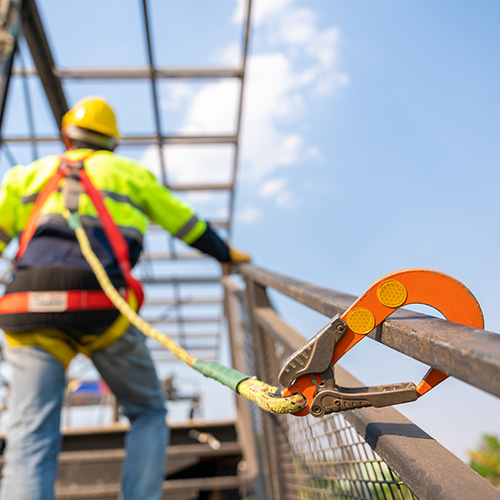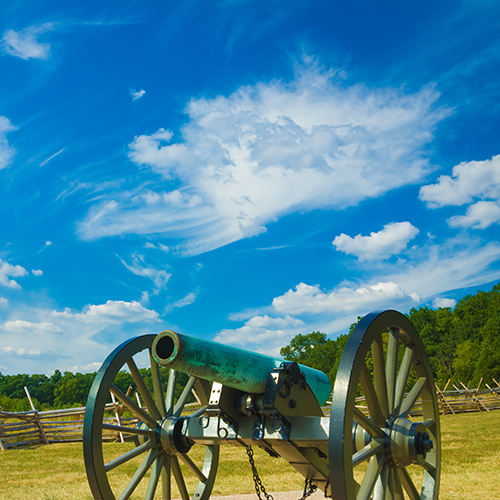A Tour of New Jersey's Black History

Central New Jersey's Burlington County has some of the richest black history of any county in the state. By 1790, the county had the largest free black population in all of New Jersey, partially due to the large presence of Quakers who spoke out against enslavement and advocated emancipation. In honor of Black History Month, we've highlighted some must-see sites in Burlington County.
Head over to Burlington City and visit the Burlington Pharmacy at 301 High Street, a building that dates back to 1731 and became a pharmacy in 1841. Now New Jersey's oldest pharmacy in continuous operation, the building used to frequently harbor Underground Railroad fugitives. Then-owner, William J. Allison, was a Quaker and abolitionist who used his business as an anti-slavery forum.
Next, visit 114 East Union Street to see where Oliver Cromwell once resided. Cromwell was a Revolutionary War soldier who served with the Continental Army throughout the entire war. He engaged in the Battle of Trenton with George Washington, along with many other battles such as Monmouth and Yorktown. Cromwell received a federal pension along with discharge papers personally signed by Washington himself. This house was Cromwell's residence at his death and today is a private residence.
Swing by 341 High Street to visit the Burlington Friends Meeting House, former home to yearly meetings of the Delaware Valley Quakers. This is also where Peter Hill, one of just a few African-American clock-makers during the early 19th century, is buried in the building's cemetery. Arrange a tour with the facility to learn more about the history of the site!
Head over to Moorestown to 274 West Main Street to check out the Elisha Barcklow House. Though a private residence today, it was built by English Quaker Elisha Barcklow in 1765 and is thought to have been a station on the Underground Railroad. By the Civil War, a tunnel had been built from the house to the barn, where fugitive slaves could find food and shelter. Today, part of the tunnel is still visible in the home's basement.
While many places are private residences, a handful of them allow you to schedule tours that will teach you even more about the sites' history!



